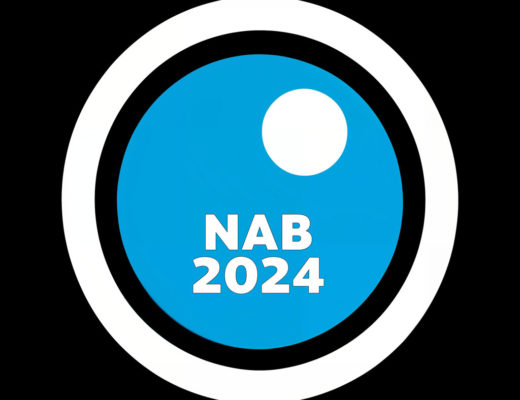Historically, economic hardship motivates companies to take a good, hard look at their marketingbudgets and try to compute each investment’s financial value. This recession is no different, withone exception: social media has become perceived as an indispensible marketing tool — one gettingincreased investment — despite a historical inability to quantify its worth.
There is little left to debate about whether or not one should participate in social media — virtually allcompanies, big and small, have acknowledged social media’s presence, and firms who do not have ablog, Facebook page, or Twitter account now find themselves in the scarce minority. Many, however,appear to be blindly hopping on the bandwagon — people are creating company profile pages andsending updates without knowing how much they should invest in these distribution channels or whatsuccess even looks like. This brings us back to Economics 101: how can a company effectively allocatelimited marketing resources if they cannot define the investment’s value?
For the first time ever, Wetpaint/Altimeter Group have gone beyond surface case studies to measurethe true financial value of social media. We conducted our research not just on a small scale, but basedon the world’s 100 most valuable brands – these are brands that are widely acknowledged for settingthe standards in marketing as measured by BusinessWeek / Interbrand “Best Global Brands 2008”rankings. And now, we evaluate how well they are engaging their consumers using social media and,even more importantly, how that engagement correlates with their most important financial metrics:revenue and profit.
A surprising conclusion: While much has been written questioning the value of social media, thislandmark study has found that the most valuable brands in the world are experiencing a directcorrelation between top financial performance and deep social media engagement. The relationship isapparent and significant: socially engaged companies are in fact more financially successful.
So now we know it pays to be social, but it is important to note that by “social,” we’re talking aboutdeep engagement, not merely having a presence. And what exactly do we mean by deep socialengagement? Resembling any in-person exchange, socializing requires more than just being there— you have to interact with others, instigate discussions, and respond during conversations. Ourstudy implies value in social engagement on top of social presence — it pays to actively and continuallyparticipate and invest in your networks.
This report also contains case studies highlighting our interviews with four unique companies– Starbucks, Toyota, SAP, and Dell – all of which scored top quartile engagement rankings. By goingbeyond just the statistics, we introduce a playbook for how the best are succeeding in social media sothat you, too, can engage and succeed.
Our hope is that the data and best practices in the ENGAGEMENTdb Report provide a new way to thinkabout how to use these powerful tools and how companies should invest their marketing resources.The right level of social media engagement could be the key to propelling you into tomorrow’s rankingof the top 100 global brands.
Full PDF Doc available @ http://www.engagementdb.com/downloads/ENGAGEMENTdb_Report_2009.pdf

Filmtools
Filmmakers go-to destination for pre-production, production & post production equipment!
Shop Now

![The world's most valuable brands. Who's most engaged? 4 Reblog this post [with Zemanta]](http://img.zemanta.com/reblog_c.png?x-id=ddc0e8b9-29ca-4eca-94d0-ef09436dc322)












